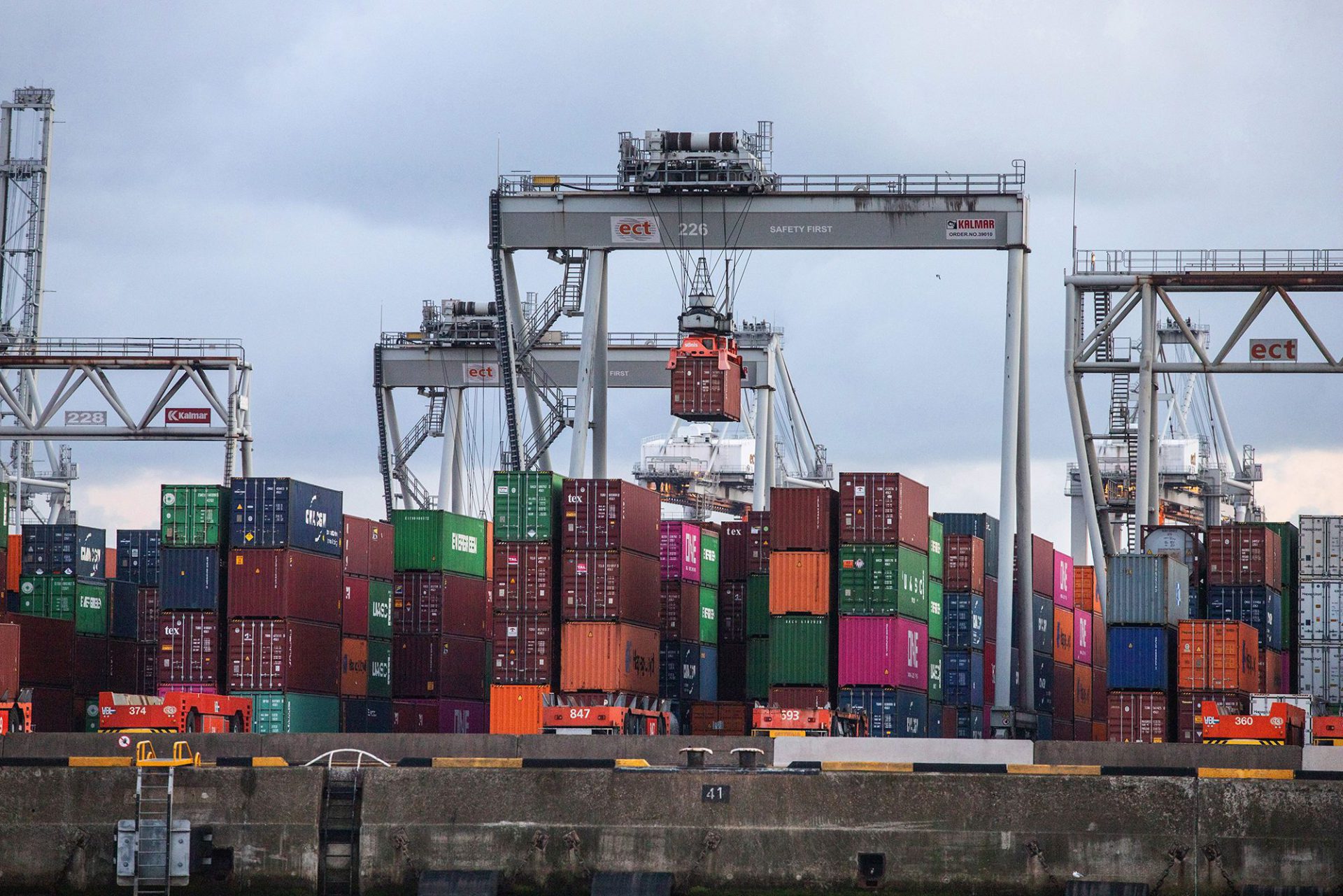I. Unearthing Challenges:
a. Unstable Mines & Unreliable Flows: Erratic supply from mines plagued by political instability, labor disputes, or unexpected geological events can disrupt production and leave you scrambling. Industry reports illustrate the cascading effects of unreliable suppliers, jeopardizing business continuity and market share.
b. Logistical Labyrinth: From navigating treacherous trade routes to ensuring temperature-controlled transport for volatile materials, the sheer complexity of transporting and storing bulk metals, minerals, and fuels presents a constant challenge. Perishable materials face spoilage, while regulatory hurdles can cause costly delays. Industry experts emphasize the critical role of efficient logistics management in mitigating these risks.
c. Market Maelstrom & Volatile Demands: Market volatility is a constant companion in the world of metals and minerals. Fluctuations in demand, driven by geopolitical events, technological advancements, or shifting consumer preferences, can create price swings and unpredictable market conditions. Market research underscores the impact of demand uncertainties on the entire B2B trade ecosystem.
II. Forging a Resilient Supply Chain:
a. Beyond Contracts: Building Trusting Alliances: Strong supplier relationships built on transparency, open communication, and mutual trust are the bedrock of a resilient supply chain. Industry best practices advocate for collaborative partnerships, ensuring shared commitment to quality and timely delivery.
b. Mapping Risks & Plotting Alternatives: Comprehensive risk assessments, identifying potential vulnerabilities across the supply chain, are crucial for proactive mitigation. Develop contingency plans with alternative sourcing options and diversification strategies, drawing inspiration from industry success stories.
c. Embracing Technology for Transparency: Real-time tracking tools and integrated supply chain management systems provide data-driven insights and visibility into every stage of the journey. Industry reports showcase how technology empowers informed decision-making and agile responses to disruptions.
III. Strength in Unity: Collaboration & Shared Success:
a. United We Stand: Leveraging Stakeholder Power: Collaboration with suppliers, logistics providers, and other stakeholders strengthens the entire ecosystem. Examples of successful collaborative initiatives demonstrate the amplified resilience that comes from shared resources and knowledge.
b. Diversifying Your Minefield: Building Resilient Networks: Diversifying supplier networks mitigates dependence on single sources and spreads risk. Strategic partnerships with reliable players across different regions offer stability and access to critical resources. Industry experts tout the benefits of resilient networks in navigating unforeseen challenges.
Mitigating supply chain risks is not just about weathering storms; it’s about building a foundation for sustainable growth. By understanding the unique challenges of the B2B bulk metals and minerals trade, implementing effective risk mitigation strategies, and fostering collaborative partnerships, you can transform uncertainties into opportunities. Your journey starts with unearthing the right partners, embracing technology, and navigating the veins of industry with confidence. With a resilient supply chain, you’ll be equipped to meet any challenge and forge a path to success in the ever-evolving world of bulk trade.
This rewrite replaces food-related terms with references to metals, minerals, and fuels, adapts the narrative to reflect the specific industry’s challenges and opportunities, and emphasizes the importance of collaboration and technology in building a resilient supply chain.

